Drk-Drsya-Vivekam
Introduction
Palani Swami from Kerala was a sadhak and served Bhagavan Sri Ramana Maharshi for about 20 years, from the early days of Bhagavan’s stay in Tiruvannamalai. To aid him in his sadhana, Bhagavan used to copy a number of spiritual scriptures in his notebooks. (References to this effect can be found in Letters from Sri Ramanashraman by Suri Nagamma, and these notebooks are preserved in the Ashram Archives.) Bhagavan originally wrote them in pencil and, in later years, traced over them in pen, in neat handwriting.
In one of the notebooks we find in Bhagavan’s handwriting
the following in Malayalam script :
- Skandopanishad
- Amruta-bindopanishad
- Kaival-yopanishad
- Brahma-vidya Panchakam
- Municharya Panchakam
- Nirvrutti Panchakam
- Ramanashtakam
The following are in Tamil script:
- Dakshinamurti Astakam of Sri Nithyananda Swami
- Sri Dakshinamurti Astakam
- Draft versions of Bhagavan’s Tamil translation of Sri Dakshinamurti Astakam
- Drk-Drsya-Vivekam – Tamil verses of Sivananda Murti
- Sukashtakam
- Moksha Sadana Panchakam
- Sobana Panchakam
- Manisha Panchakam
Apart from copying the Tamil verses of Dri-Drsya-Vivekam, Bhagavan also translated them in Tamil prose, which is now part of His Collected Works.
While staying in Virupaksha Cave (1900–1916), at the repeated request of Gambiram Seshayya and his brother Krishnayya, Bhagavan translated the Viveka Chudamani into Tamil prose. Along with this, he translated the Drk-Drsya-Vivekam as well. In the introduction to Drk-Drsya-Vivekam, Bhagavan mentions two important points:
- In the invocation verse and also in the prose, Bhagavan mentions that the Drk-Drsya-Vivekam is the work of Adi Sankara, though he copied the verses of Sivananda Murti, in which the original work is attributed to Vidyaranya Swami.
- Bhagavan asserts that this small work of the Acharya, which explains the secret of Advaita Siddhanta, is alone sufficient for the mumukshus who are fit to receive the spiritual experience (Uttama Adhikari).
Bhagavan’s translation of these two works of Acharya Sankara, viz. Viveka Chudamani and Drk-Drsya-Vivekam, was first published in 1908 and reprinted in 1916 and 1921, ultimately finding its place in the Collected Works. These two translations of Bhagavan went into print much before the booklet “Who Am I” was printed.
Once Kovilur Vedanta Mutt chief Veera-Subbaiah Swami and his disciples visited Bhagavan in Virupaksha Cave and requested him to explain the practices for attaining Sahaja Nirvikalpa Samadhi state, in which the young Sage was ever established. Bhagavan showed them His translation of Drk-Drsya-Vivekam, where the practice of six types of Samadhi, which leads one to Sahaja Samadhi, was explained.
Audio
Download
Play Online
As this Drk-Drsya-Vivekam is a powerful aid for spiritual seekers, the same is uploaded here in the following formats:
- Sanskrit original slokas with English transliteration (Text Download )
- Tamil verses of Sivananda Murti in Bhagavan’s handwriting (Text Download)
- Tamil prose version of Bhagavan (Text Download).


